You must have come across at least one diet plan because there are so many out there. But what makes the keto diet stand out in its popularity? Keto diet is well-liked because it does not only help reduce body weight but it also can help fight against diseases like diabetes.
What Is A Keto Diet For?
Keto or Ketogenic diet revolves around the idea of deriving energy from fats and proteins and cutting down on carbohydrates, not entirely but substantially. The proportions for the keto diet are around 70% fat, 25% protein, and 5% carbs.
The concept is to fuel the body from fats and proteins’ and not from carbs; this helps speed up the weight loss process. A reduction in carb intake puts the human body in a state of ketosis – the body’s metabolic state in which it derives energy from fats. The ketosis state then produces ketones at a very high rate which supplies energy to the brain.
Types Of Ketogenic Diet
Following the usual keto diet might be challenging for some since it requires you to drastically cut down on carb intake. But, certain types of keto diet makes following it much easier. The top three types of the ketogenic diet are as follows.
1. SKD (Standard Ketogenic Diet)
As the name implies, the SKD is a full keto diet following all the proportions like consuming high fats, moderate protein, and low to no carbs! To achieve long-term results, this type of keto diet is considered the best and other health benefits we will talk about later in this article.
2. TKD (Targeted Ketogenic Diet)
This is similar to SKD except for the ability to consume carbs after a high-intensity workout. After some intense training, the eating of carbs allows the athlete or the person following the diet to maximize glycogen replenishment to the muscles. The sole purpose of indulging in carbs while following the Ketogenic diet is to give the individual a window to carry out exercise without being drained of energy.
2. CKD (Cyclical Ketogenic Diet)
The concept behind this type is to give the dieter ease of following the diet while maintaining lean mass. Under this type, the dieter follows a strict 5-day no-carb keto diet like SKD and takes a break from it for two days.
How To Know You Are In Ketosis?

Every person responds to ketosis differently. Some might enter the process within 2 or 3 days, while it may take more time for others.
There are specific symptoms that tell your body it is in the ketosis process.
- The decrease in appetite.
- Fruity breath.
- Increased thirst.
- Digestive problems
- Increase in urination.
- Short-term fatigue.
- Rapid weight loss.
- Increased focus.
What Foods To Eat On A Keto Diet?
The first and foremost question arises, what foods are allowed to be consumed on the keto diet? It is essential to know before you start so you have a clear idea of what to expect from a diet, in this case, the keto diet. Keto does not restrict you from consuming a lot of food; in this diet, you are encouraged to eat things that might not be permitted to eat while following other diets. But there are some exceptions, too, of course, to let the body reach the ketosis process and start the weight loss journey.
10 Best Keto Diet Foods
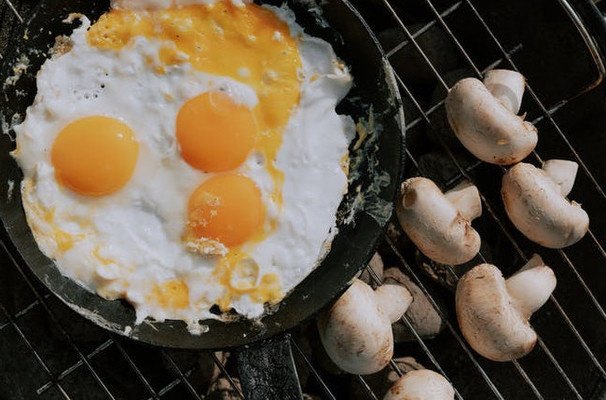
The Keto diet allows you to eat almost anything as long as it complies with the specific keto ratios, as mentioned earlier. Whatever you consume should fall well within this equation: high-fats, moderate-proteins, and low-carbs. The ten best foods a person on a keto diet can consume are as follows.
- Salmon:
Salmon is considered keto-friendly because it consists of healthy fats but does not add any carbs to your diet. Along with that, salmon has many other beneficial nutrients; for instance, it a rich source of omega-3 fatty acids, B12, vitamin D3, and many other nutrients. It also contains protein which helps to make it a satiating meal.
2. Eggs:
High in proteins, eggs are very nutritious. They help keep the stomach full, reducing unhealthy cravings. Eggs are considered a staple for the keto diet, not only rich because they are rich in proteins, but egg yolk is high in fats and is very low in carbs.
3. Cheese:
Who knew you would be able to consume cheese while dieting? But guess what? Keto allows you to indulge in your favorite cheese. Many kinds of cheese contain low carbs but are high fats. The fatty acid in cheese has many health benefits and aids the process of reducing weight. Some types of cheese are cottage cheese, blue cheese, and cream cheese.
4. Nuts:
Instead of snacking on unhealthy, high carbs food, nuts prove to be a healthy alternative. Some low-carb keto nuts are pecans, walnuts, hazelnuts, Brazil, and pine nuts, almonds, and macadamias.
5. Broccoli:
It is a cruciferous vegetable that is high in fats and is nutrient-dense. Broccoli is one of the best Ketogenic diet foods as there are exciting recipes that can be made out of it. It’s fulfilling and reduces hunger well.
6. Avocado:
Is considered one of the fattiest plants, but one of the healthiest too. Avocados are full of nutritional value. They contain monounsaturated fatty acids that are considered healthy fats.
7. Olive oil:
It is ideal for a Ketogenic diet. Olive oil has a high concentration level of fats that boosts up the fat-burning process. It has antioxidant properties as well. It can be used to make all kind of keto diet recipes.
8. Meat:
Meat and poultry consist of high levels of minerals and B12 but are very low on carbs. Moreover, meat is a rich protein source, making it ideal to consume on a Ketogenic diet. However, grass-fed meat should be consumed and processed; canned meat should be avoided entirely. It disrupts the ketosis process.
10. Berries:
Blueberries, strawberries, raspberries, and blackberries are considered superfoods because of their antioxidant nature. They are fulfilling and delicious, as well.
11. Mushrooms:
What makes mushrooms perfect for a Ketogenic diet is the lower level of carbs and sugar involved. A little disclaimer, the mushrooms that fit well with the keto diet requirements are fresh and certainly not the canned or processed ones.
The list of the best keto diet foods shows your keto meals do not have to be boring; instead, keep a check on the proportions and ratios.
Foods That Should Be Avoided When Following a Keto Diet
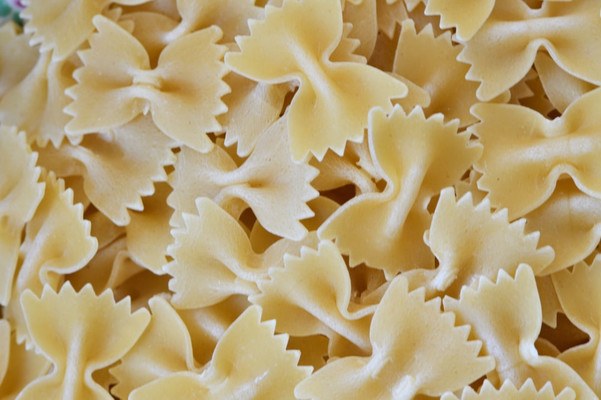
Like every other diet plan, there are certain restrictions, the Ketogenic diet also requires some foods to be avoided entirely so the body remains in a state of ketosis. Results are achieved quickly.
- High-carb foods: foods that contain a higher level of carbohydrates, for instance, exceeds the 5-10% bracket of carbs, should not be consumed. This involves certain dairy products, pasta, fruits, and vegetables like potatoes, apples, and oranges. In addition, sugar should be completely eliminated from the diet.
- Processed foods: human-made, canned foods are high in carbs and involve high levels of sugar. Both those things affect the Ketogenic diet negatively and hence should be avoided.
- Others: grains and peas should be eradicated from the keto diet as well.
Keto-Friendly Drinks And Those That Are Not
Keto-friendly drinks are those that are high in fats but don’t involve any carbs. Water helps in staying hydrated, and plain water has zero carbs. Coffee and tea can also be consumed, but you need to make sure that both of them are sugar-free. You can also have diet soft drinks, shocked? This is because they are sugar-free and have zero calories.
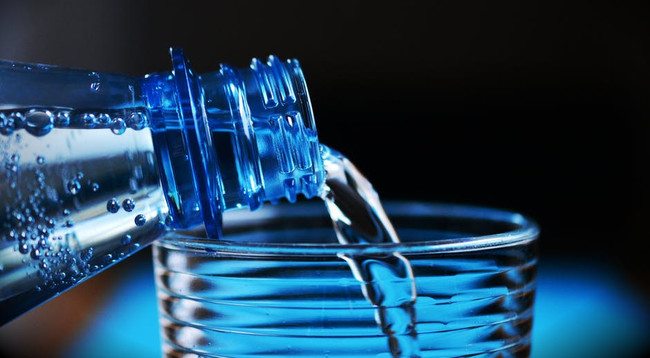
On the other hand, all the drinks should be avoided and are high in carbs and sugar like milkshakes and regular soft drinks.
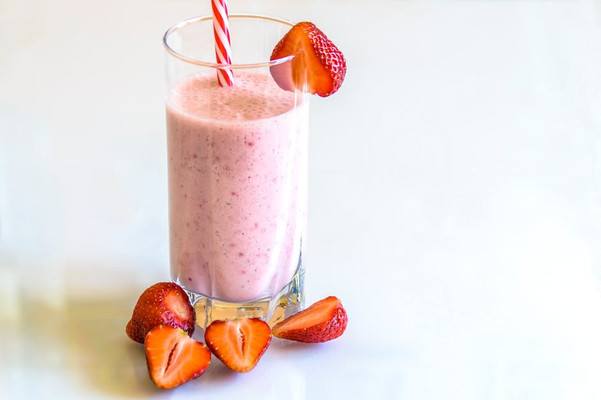
Is Keto Good Or Bad for You?
Before a person decides to follow a specific diet, he or she weighs its pros and cons. To make your decision easy, we are listing both sides of the Ketogenic diet.
Benefits Of A Keto Diet
The Keto Diet is heavily favored, and for good reason. Let’s discover its benefits.
1. Helps With The Weight Loss Journey
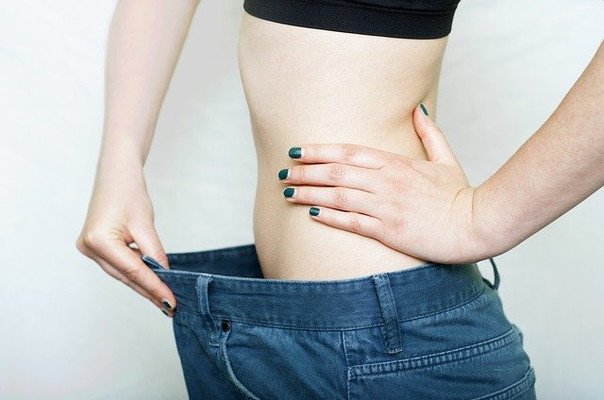
First and foremost, keto helps in reducing weight. Since carbs are greatly restricted, the body generates energy from burning fat. This helps in reducing weight quickly than is achieved in any other way. The satiating food that is high in proteins reduces hunger and decreases the appetite, which also aids in reducing the weight.
How keto helps with reducing weight, what is the science behind it? When the body enters ketosis, its insulin and blood sugar levels drop, which allows the fat cells to release the water they have been holding. Hence, a significant weight loss is experienced in the initial days of the ketosis process.
2. The Higher Level Of Energy

Once the body is used to utilizing energy from glucose to fats, you will feel much more energized and better. Carbs and sugar intake makes the person lazy and lethargic, but once all these are eliminated from the diet, you feel a positive body response.
3. Staying Focused And Over-All Better Mental State

When the body uses’ energy from glucose, the blood sugar varies, reflecting in the state of focus. The fat-burning process allows a stable focus because of the consistency. Moreover, reduced intake of carbs and sugar leaves a healthy mind and reduced signs of anxiety and depression.
4. Helps With Type-2 Diabetes

When we say that a Ketogenic diet helps more than just reducing weight, we mean fighting a chronic disease like type-2 diabetes. Since the keto diet is all about restrained sugar intake, it aids in reversing the blood sugar levels. Also, studies show, some patients experience improved blood sugar levels.
5. Can Lower Blood Pressure

As per the Ketogenic diet results, patients with blood pressure issues could get positive results from the diet. Moreover, once blood pressure is controlled, it means reduced chances of heart problems as well.
Drawbacks
Just like everything it has another side as well, the ketogenic diet also has some pitfalls.
1. Keto Flu
Keto flu is often experienced by those who are following the keto diet. This happens when the body is shifting from burning glucose to burning fats.
2. Constipation Or Diarrhea
This depends on how the body takes the dietary change.
3. Dehydration
When the ketosis process starts, fat cells release water which can result in dehydration.
4. Increased Risk Of Higher Cholesterol
Since the keto diet has a high consumption of fats, there is an increased chance of higher cholesterol.
5. Weight Regaining
As soon as a person leaves the Ketogenic diet, they will experience a weight gain because of carbs’ consumption. It has been proven not to show beneficial results.
Who Can Do the Keto Diet?
Anyone willing to reduce weight and fight type 2 diabetes can do a keto diet. There is no hard and fast rule. People who are vegans and vegetarians can also follow the keto diet.
People who should not do a keto diet are people taking blood pressure medication, artificial insulin, and pregnant or breastfeeding mothers as they require more energy than a keto diet might be able to deliver.
Bottom Line
Just like any other diet, keto takes time to yield results. Moreover, the keto diet works best in conjunction with a change in lifestyle for long-term benefits to be realized. You can choose to form the type of Ketogenic diet depending on your body requirements and the energy needed to perform. Lastly, it is essential to know that everybody is different; hence, ketosis will vary from person to person.
You can make the keto diet more interesting through delicious recipes while following the diet.
What do you think of what the keto diet for? Do you think it is beneficial for you? Remember to please leave your remarks in the section below.

